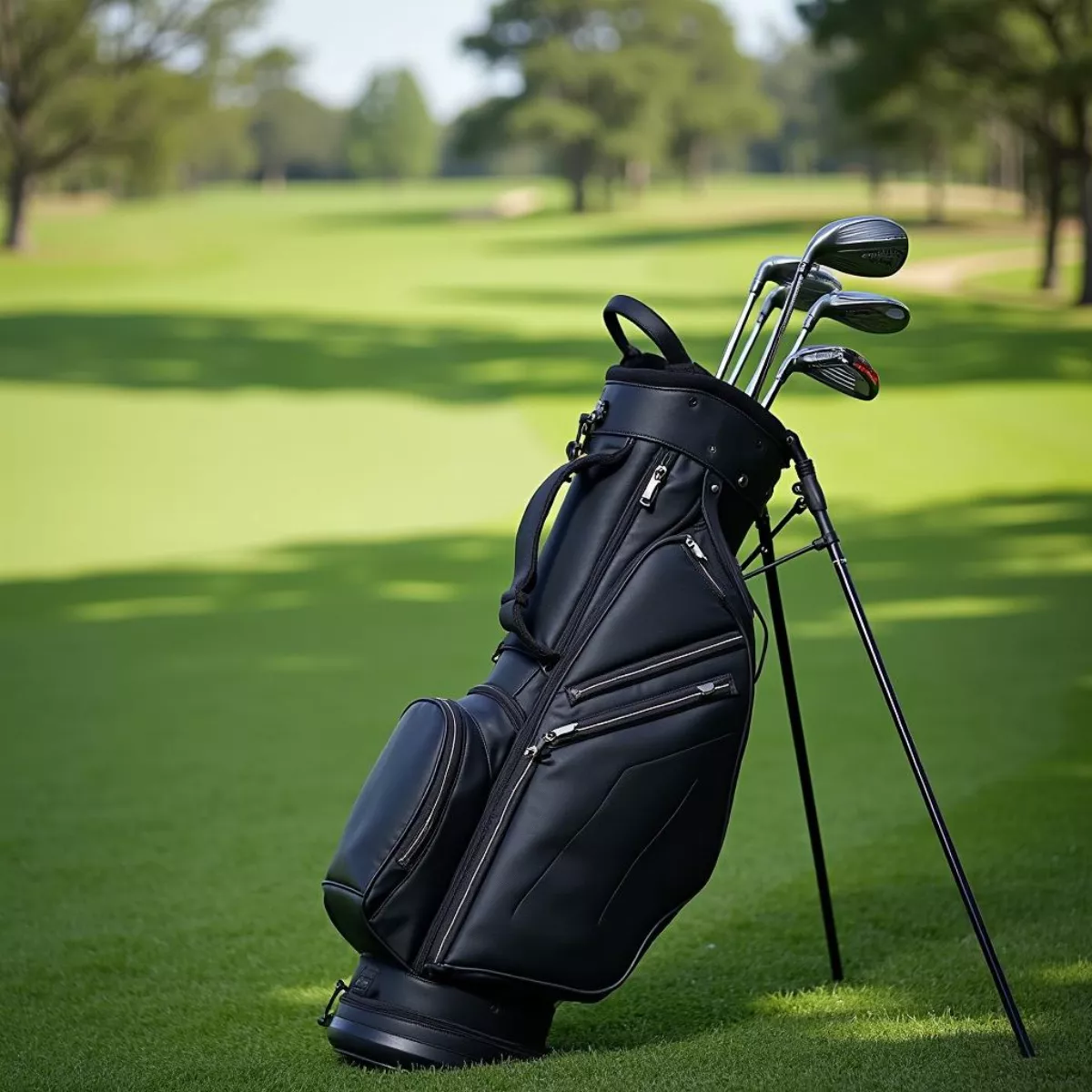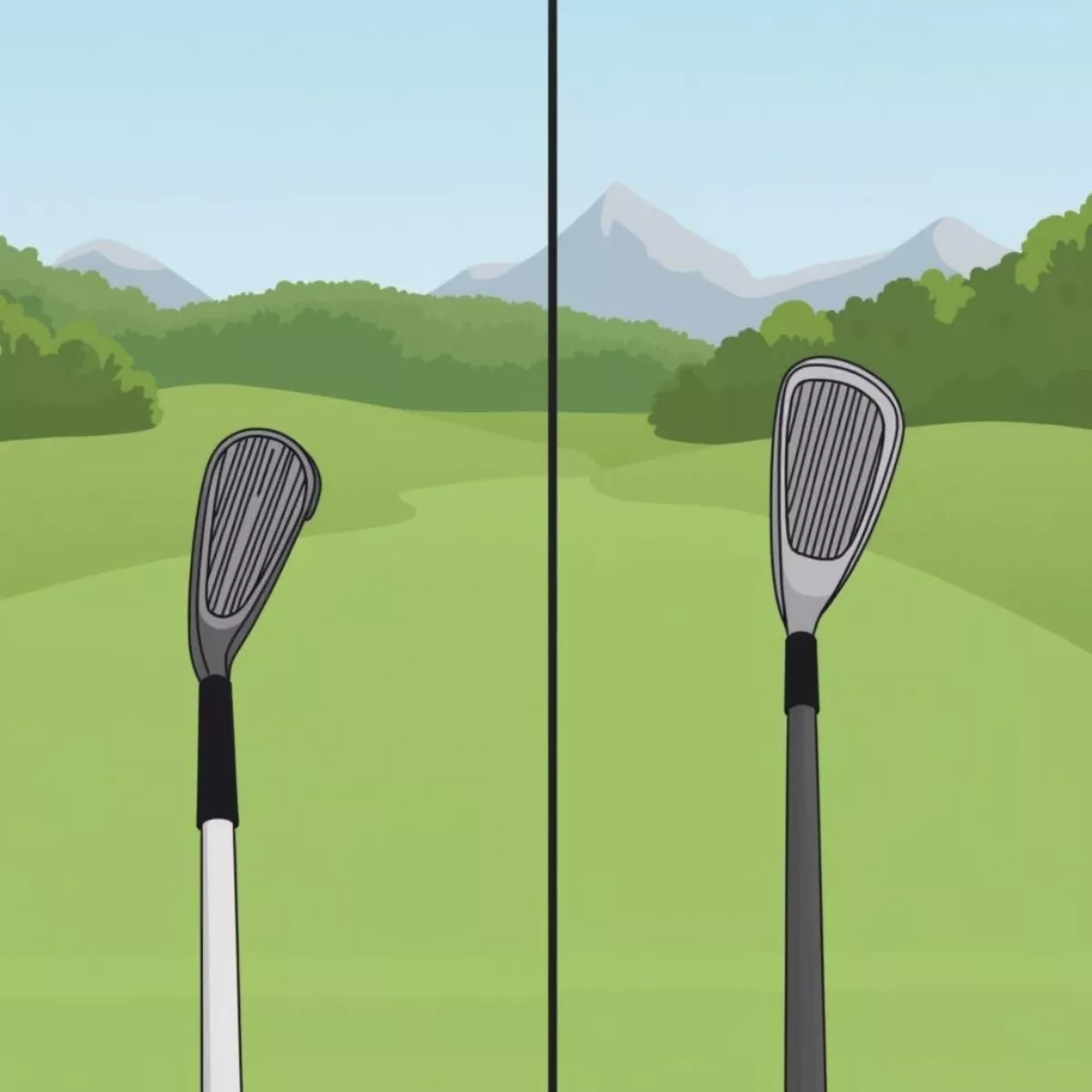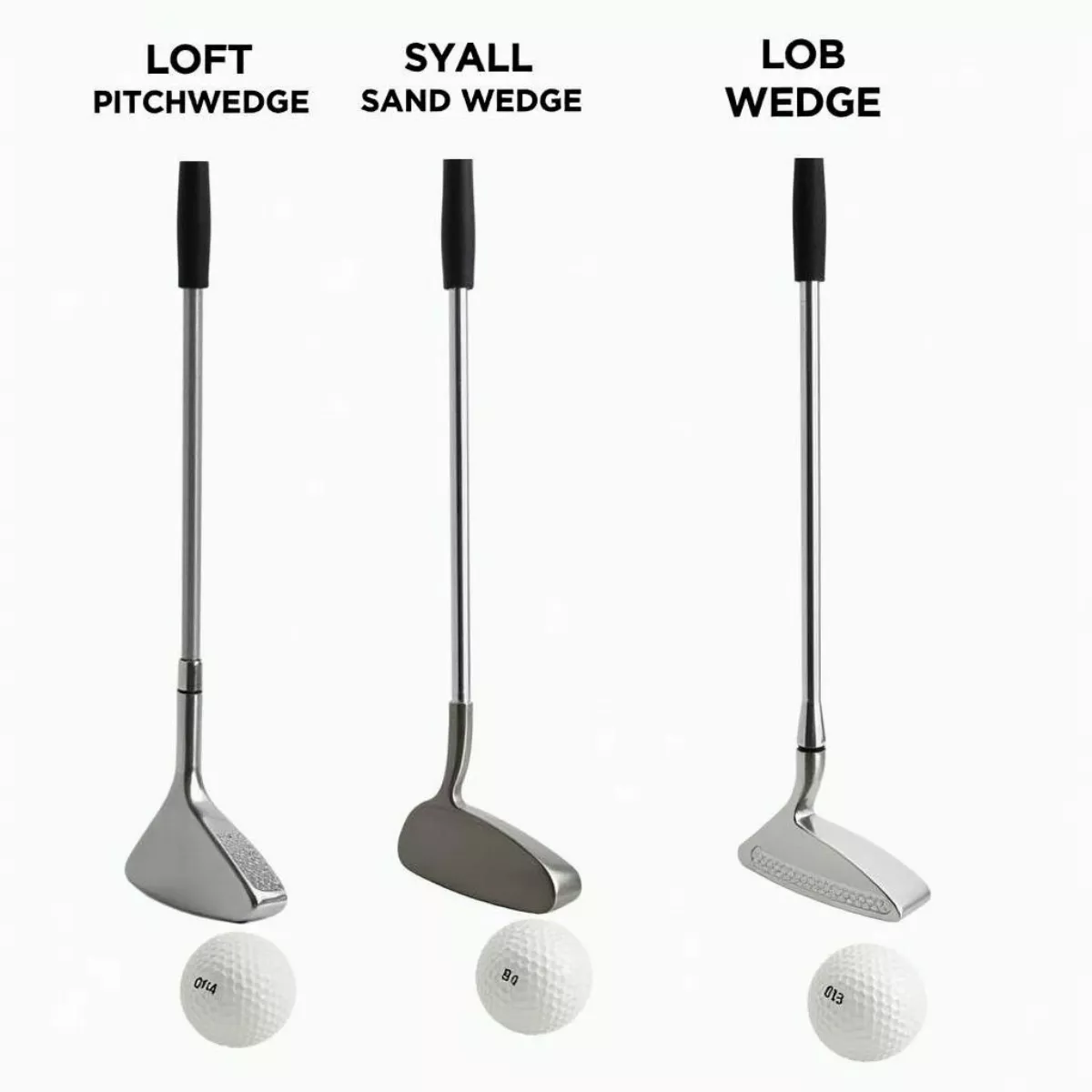Golf is a wonderful sport, one that brings both challenge and enjoyment. However, if you’re a high handicapper, the sheer number of options available can feel overwhelming. Choosing the right set of clubs is crucial to improving your game and enjoying your “time on the green.” In this guide, we will explore 14 essential clubs that can make your golfing experience more enjoyable and potentially lead to improved scores.
Understanding the Basics: What is a High Handicapper?
Before diving into the specifics of which clubs to carry, let’s clarify what a high handicapper is. A high handicap golfer typically has a handicap index above 18 for men and above 24 for women. This means that while you enjoy the game, your scores are often higher than the average. But fear not! The right set of clubs can change the dynamics of your game significantly.
The Essential 14 Clubs for a High Handicapper
It’s wise to have a diverse set of clubs to accommodate various situations on the course. Here’s an overview of the 14 clubs a high handicapper should include in their bag:
1. Driver
- Use: Off the tee
- Key Features: Large clubhead for increased forgiveness
- Landing Area: Wide
- Distance: Prioritize distance with a focus on accuracy
A good driver can help you hit the ball farther and set up easier approach shots. High handicappers should opt for a driver with a higher loft (10.5 degrees or more), making it easier to get the ball airborne.
 Golf Driver for High Handicapper
Golf Driver for High Handicapper
2. Fairway Woods
- – 3 Wood
- Use: Long shots from the fairway or tee
- Key Features: Versatile, can be used on the ground or in the air
- Loft: Generally, around 15 degrees
- – 5 Wood
- Use: Similar to the 3 Wood but better for shorter distances
- Key Features: Easier to hit than long irons
Fairway woods are perfect for those longer shots where a driver can be too much. They help maintain control while maximizing distance.
3. Hybrid Clubs
- – 3 Hybrid
- Use: Replaces long irons
- Key Features: More forgiving and higher launch
- – 4 Hybrid
- Use: Shorter yardage than the 3 Hybrid
- Key Features: Increased control with decent distance
Hybrids are incredibly versatile and forgiving, making them ideal replacements for long irons, which are often challenging to hit for high handicappers.
 Golf Hybrid Clubs Comparison
Golf Hybrid Clubs Comparison
4. Irons
- – 6 Iron
- Use: Approaching the green from moderate distances
- Key Features: Offers a balance of distance and control
- – 7 Iron
- Use: Commonly used from the fairway to the green
- Key Features: Helps in enhancing ball control
- – 8 Iron
- Use: Shorter approach shots
- Key Features: Ideal for hitting greens from 100-150 yards
- – 9 Iron
- Use: Filling the gap for shorter approaches
- Key Features: Precision in hitting targets
Iron selections offer versatility for various shots and distances. Choose cavity-back irons for more forgiveness.
5. Wedges
- – Pitching Wedge
- Use: Around the green and for approach shots
- Key Features: Higher loft helps in stopping the ball
- – Sand Wedge
- Use: Bunker shots, short approach shots
- Key Features: Design aids in getting out of sandy situations
- – Lob Wedge
- Use: Short, delicate shots
- Key Features: Adds more versatility for chip shots
Wedges provide the crucial short-game versatility necessary for high handicappers to save strokes around the greens.
 Golf Wedges: Types and Uses
Golf Wedges: Types and Uses
6. Putter
- Use: Finishing on the greens
- Key Features: Eye-alignment aids can help with accuracy
- Styles: Choose between blade and mallet styles based on personal preference
A solid putter is vital for any golfer, as it is the club you will use most on the course. Choose one that feels good in your hands and enhances your confidence when putting.
Customization: Fit Your Clubs to Your Game
Why Club Fitting Matters
Choosing the right club isn’t just about the type of club; it’s also about how well it fits your body. A well-fitted club can drastically improve both your accuracy and distance. Consider getting fitted by a professional to ensure your clubs match your swing style.
Shaft Flexibility
- Regular Flex: Ideal for moderate swing speeds
- Stiff Flex: Better for faster swing speeds
- Senior Flex: Best for slower swing speeds
Understanding your swing speed will help you select clubs with the appropriate shaft flexibility.
 Golf Club Fitting Process
Golf Club Fitting Process
Common Mistakes to Avoid
When selecting your clubs, avoid these common mistakes:
- Overcrowding Your Bag: Stick to 14 clubs—don’t overload with duplicates.
- Choosing Clubs Without Trying Them: Test multiple brands and styles to see what fits best.
- Ignoring Course Conditions: Tailor your club selection to the courses you frequent.
Key Takeaways
In summary, building the right club set as a high handicapper can lead to improved performance and greater enjoyment on the course. Here are the core tips:
- Start with a Driver, Fairway Woods, and Hybrids: These clubs help with distance and accuracy.
- Opt for Cavity-Back Irons: They provide extra forgiveness.
- Include Multiple Wedges: To tackle various short-game situations.
- Select a Putter that Fits Your Style: This is essential for lowering your scores.
- Consider Club Fitting: Tailor clubs to your individual swing characteristics.
FAQ Section
1. What is a high handicapper in golf?
A high handicapper is generally a golfer with a handicap index of over 18 for men and over 24 for women, indicating their scores are higher than average.
2. Why are hybrids better for high handicappers?
Hybrids combine the best aspects of irons and woods, making them easier to hit and get airborne, perfect for those still working on consistency.
3. How do I choose the right driver?
Look for a driver with a higher loft, a larger clubhead, and try different models to see what feels comfortable and effective for your swing style.
4. Do I really need a putter?
Yes! The putter is the club you will use most during your round. It’s crucial for scoring and should feel comfortable in your hands.
5. How often should I get my clubs fitted?
Consider getting fitted whenever you change your swing or once every few years to ensure your clubs remain appropriate for your game.
6. What types of wedges should I carry?
At minimum, consider carrying a pitching wedge, sand wedge, and lob wedge to handle various short-game situations effectively.
7. Can I use more than 14 clubs?
No, according to the Rules of Golf, players are permitted to carry a maximum of 14 clubs in their bag during a round.
8. Should I carry duplicates of any clubs?
Generally, it’s advisable to avoid duplicates. Each club should serve a distinct purpose in your bag.
9. What is the best way to practice my short game?
Spend quality time around the greens, practicing with your wedges and putter to improve your touch and distance control.
10. What if I break a club during a round?
You can replace the broken club with another club of your choice, but make sure to do it thoughtfully to still comply with the 14 clubs rule.
 Golfer Celebrating on Green
Golfer Celebrating on Green
Conclusion
Carrying the right clubs is essential for high handicappers looking to enjoy the game and improve their skills. With this guide, you now know the 14 essential clubs to include in your bag. Don’t hesitate to explore different brands and models, as your perfect set of clubs is out there waiting for you. Happy golfing, and may you see your scores drop as you refine your technique with these tools!